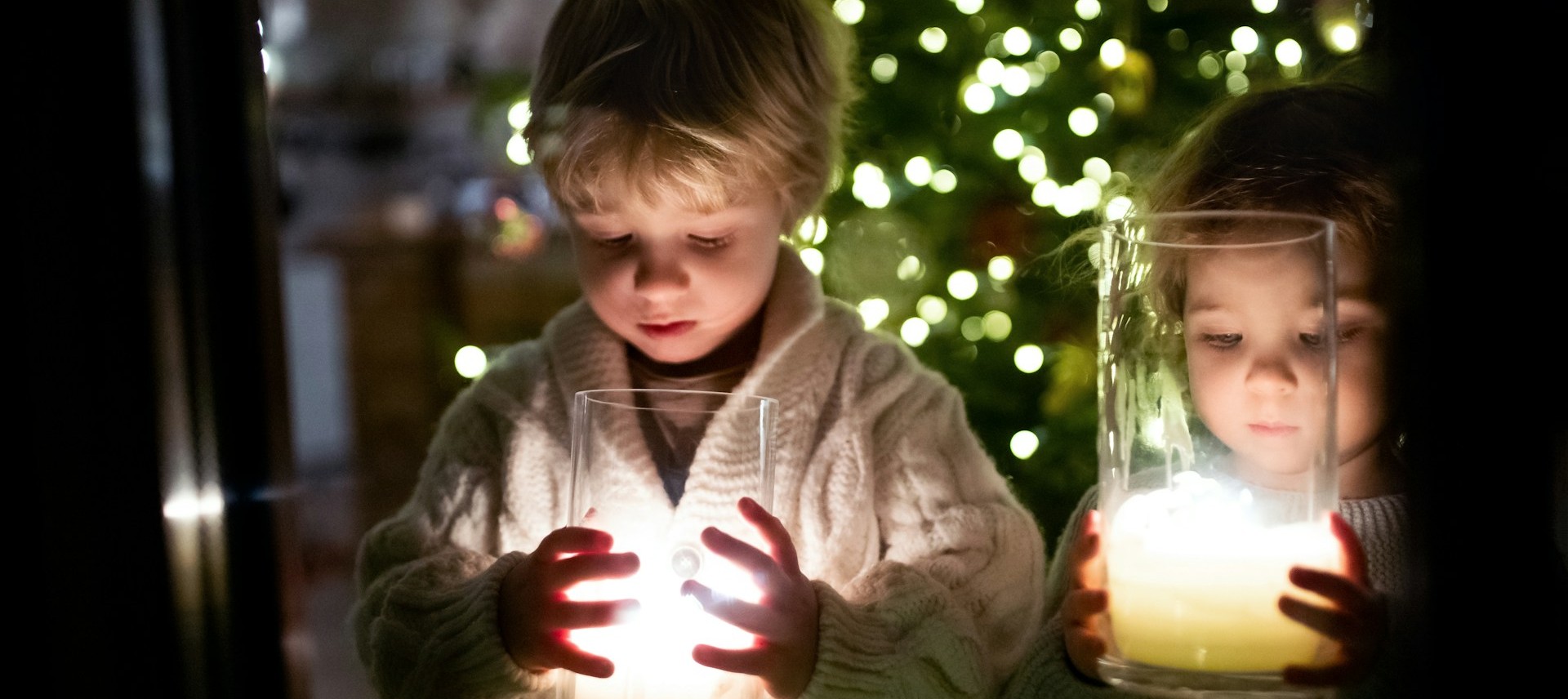Christmas - Extending the Day
National Liturgical Council

The celebration of Christmas is ‘second only to the annual celebration of the Easter mystery.' (GNLY 32)
The shopping world tells us that Christmas ends on Christmas Day after all the presents are given and Christmas dinner is over. Carols are finished as soon as the shops shut on Christmas Eve.
However, this is only the beginning of our liturgical celebrations. We continue to celebrate the mystery of Christ’s coming among us throughout the Christmas season, which continues until the feast of the Baptism of The Lord.
How did this season come about? Did the Church always celebrate this feast and was it always in this form? Can some insights into history help us today as we face the downgrading of Christmas by much of society to an annual holiday time after the ‘shop till you drop’ spree has finished?
Light in the Darkness
Today we probably think that the Church has always celebrated the birth of Jesus as a specific feast day. However, historians pinpoint the fourth century as the first recorded celebration in an annual calendar.
It appears that Christmas began as a reaction to a Roman festival. In the Northern Hemisphere the days of December can be quite short, dark and cold. Many cultures marked this winter solstice with a variety of rituals.
The peoples of the Roman Empire who lived around the time of the early Christians celebrated the sun as a god of light, who would conquer the darkness of December. Christians decided to go against the local culture and create their own celebration.
They chose to proclaim Jesus as the one who conquered the darkness of the world through his coming among us. They took December 25 as their counter-cultural feast.
In some parts of the ancient world another feast became the primary celebration of the birth of Jesus – the Epiphany. This was because they followed a different calendar.
We also celebrate this feast but emphasise the visit of the Magi who represent the revelation of the Light of the world to the Gentiles. On this day we recognise Jesus as ‘the light of all peoples’ whose ‘glory has shone among us’ to renew all humanity.
(Preface of the Epiphany)
Gradually the Church throughout the world took on these celebrations and added other feasts to provide a rich season. This has left us with a wonderful series of commemorations, which touch our hearts even in the midst of our great summer light and warmth. On a pastoral level we need to think about choosing carols carefully so they speak of the mystery of Christ’s coming. Let’s omit those that sing of the winter snows!
Extend the Day!
Perhaps it is about time that we did what the fourth century Church did: claim Christmas as a time to celebrate Christ the true light of the world.
This article was originally published in ‘Liturgical Seasons’. © Diocese of Parramatta. 1999, 2000, 2007. Reprinted with permission.
